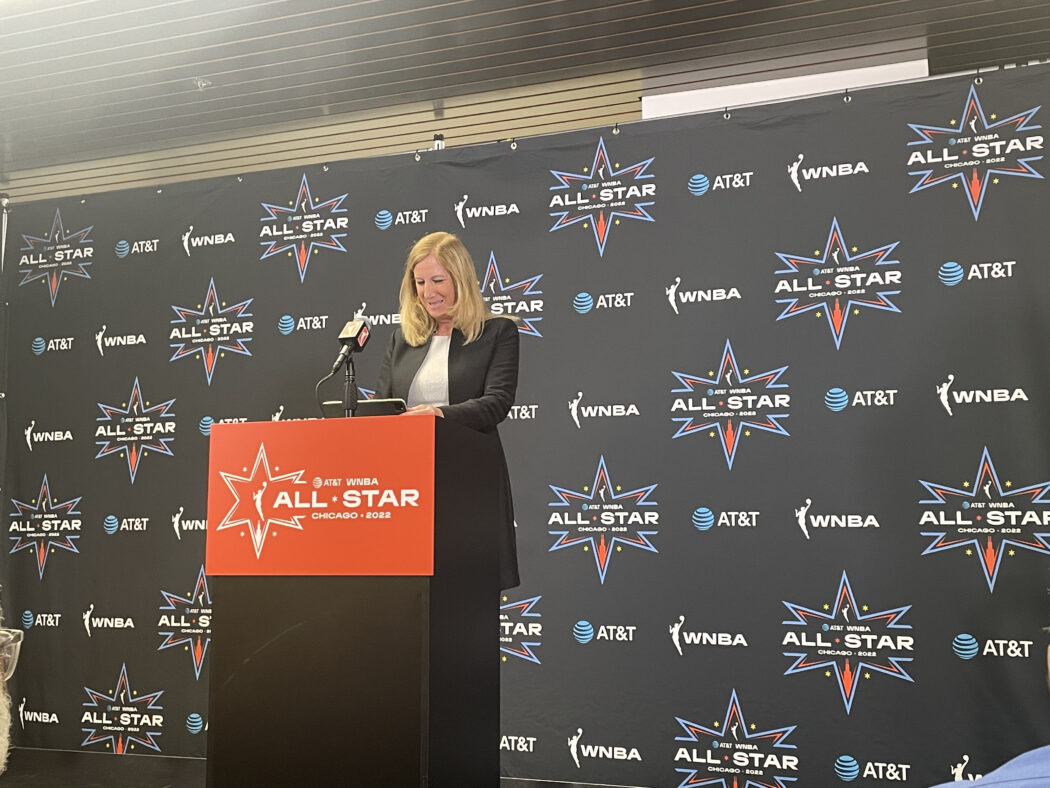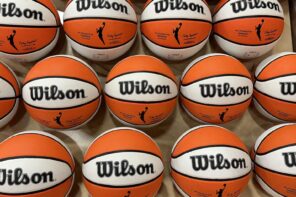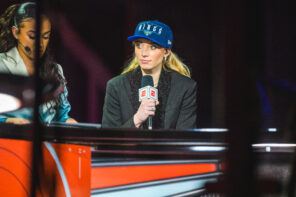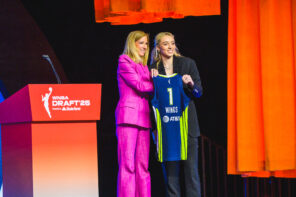As often as expansion gets discussed within WNBA circles, there appears to be a clear distinction between one league that talks a good game and another that appears to be more aggressive in its approach.
That other league is the NWSL. One must take into consideration that it is a league that has not been around anywhere near as long as the W has and also has been through its fair share of scandals that have been damaging to its public relations reputation.
Yet the NWSL appears to be steadfast in its expansion strategy while the WNBA continues to talk a good game.
At the beginning of the calendar year, the NWSL announced that it would expand to three new cities – Salt Lake City, San Francisco and Boston. Out of those three, Utah and the Bay Area are both slated to join the NWSL in 2024. Boston is projected to become an NWSL city after the Bay Area and Utah do so.
The Bay Area is a region that, of course, rings bells among many a WNBA fan. The W has practically been flirting with Oakland and San Francisco since Lisa Borders was league president before Cathy Engelbert became the WNBA’s first-ever commissioner.
As for Utah, it has received plenty of flack from women’s sports fans given its controversial anti-woman politics. Boston was once home to a professional women’s soccer team – the Boston Breakers.
But it can not be lost on how the NWSL is making the WNBA look as of today. The WNBA was first established in 1997. The NWSL played its inaugural season in 2013 – meaning the W has had a 16-year headstart on the NWSL yet the latter is poised to become the larger league in terms of teams.
And a key element of the NWSL’s expansion strategy has been going west. It did so with the announcement of two other west coast franchises in San Diego Wave FC as well as Angel City FC.
The NWSL is apparently continuing its westward expansion with The Bay Area and Utah along with east coast in Boston.
Meanwhile, where is the WNBA?
Engelbert even addressed the latest on the W’s expansion aspirations at her pre-WNBA Draft press conference, even remarking that she knew the media that was in attendance for the draft would indeed bring up the e-word.
At this point, a reporter that is diligently covering the WNBA is not doing her, their or his job if she, they or he fails to bring up expansion.
Engelbert was at an event in Portland. The upcoming Minnesota Lynx vs. Chicago Sky preseason matchup in Toronto is said to be a litmus test for how much the 6ix can be a viable expansion candidate.
That’s at least three regions (when including the Bay Area) that we at least know are publicly on the radar as far as expansion is concerned. One can admire how deliberate Engelbert is on the issue, but it also must be asked if there is a such thing as being too deliberate.
Women’s basketball is in an incredible boom period. The eyeballs that were on this year’s national championship between Angel Reese’s LSU and Caitlin Clark’s Iowa prove that clearly. The age-old saying of striking while the iron is hot certainly applies here. Engelbert and the WNBA need to be doing everything in its power to fast-track its expansion process.
The WNBA also needs to consider that the talent pool in the sport, arguably, has never been deeper than what it is. There are very talented players that may not even make a roster because the W seems to be adamant on keeping rosters at 12 per team even though many of us can see with our own two eyes that roster expansion needs to be something the WNBPA fight for in the next collective bargaining agreement.
There is no excuse for the WNBA to all of a sudden play second fiddle to the younger NWSL on the women’s sports enfranchisement front. The longer this is delayed, the more it appears that the WNBA can completely continue to buy as much time as possible on this hot button issue.
That may be true if their hands was not being forced by the NWSL. The longer Engelbert continues to look at expansion as no big deal, she is committing an own goal as opposed to a shot right into the net.




